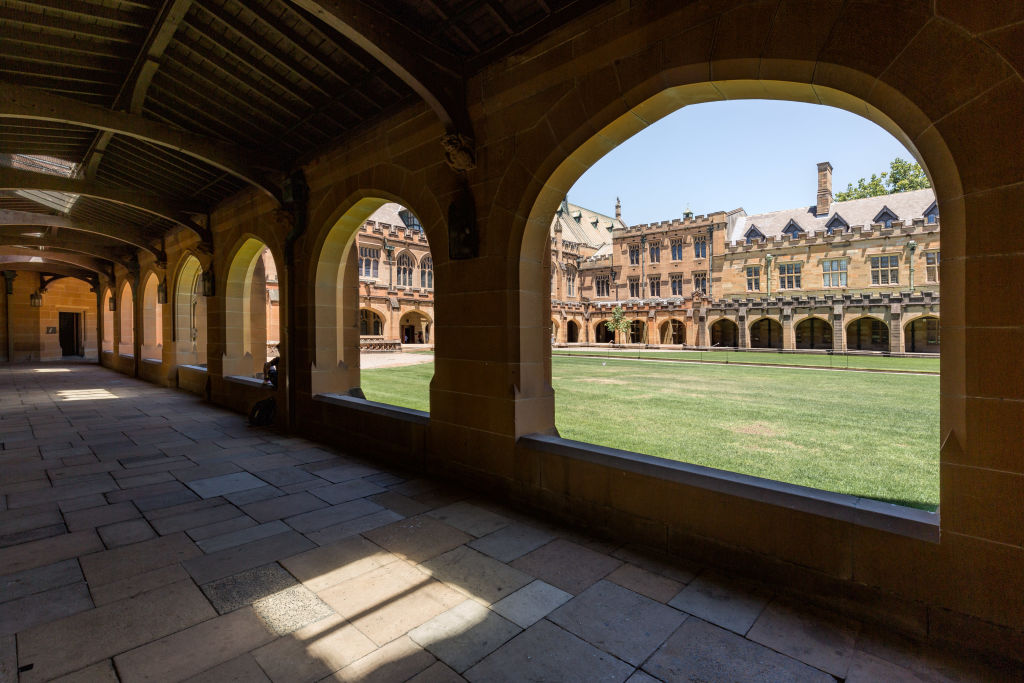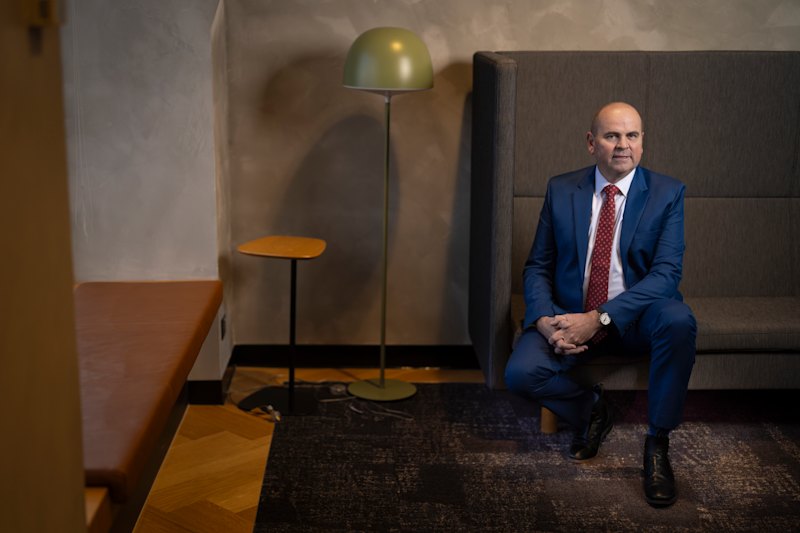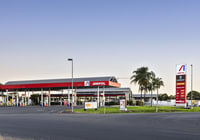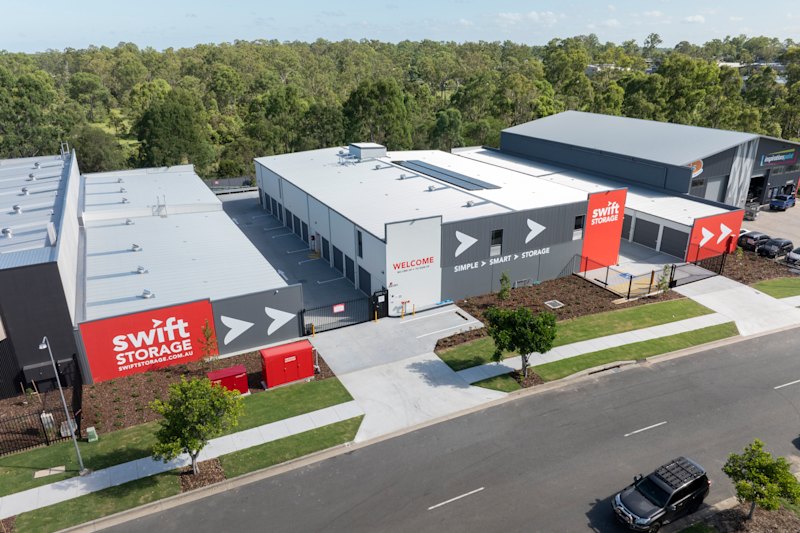
Universities and schools look to their property portfolios to restore cash flow after the pandemic
There have never before been more opportunities for developing partnerships between the property industry and educational institutions, especially after the devastating impact of COVID-19, a Property Council of Australia seminar has heard.
While the tertiary education sector alone contributed $34 billion to the economy in 2018, the pandemic has hit its finances hard, with few overseas students, lockdowns, learning from home, and increased competition from online providers.
“Right now, universities are experiencing huge disruptions to their cash flow due to COVID, coupled with significant changes in the demands for on-campus space,” Nikki Robinson, partner in charge at law firm Clayton Utz’s Sydney office, told the Reinvigorating Education as an Asset Class seminar in Sydney on June 4.
“They are looking for a fast injection of capital, new or different infrastructure matching the changing demands of the sector and its students, and connections to industry for training, research, development and employment purposes.
“At the same time, private capital has seen record low borrowing costs, significant portfolio liquidity, volatility in traditional real estate assets, international wholesale capital competing with REITs on premium real estate assets, and low returns on bond portfolios and in real estate investment opportunities outside of the industrial sector and greenfield residential.”
With universities looking to attract capital, Ms Robinson says private capital is also finding them most alluring; they offer high-quality development opportunities and long-term managed investments with a strong tenant covenant.
More than 17,000 jobs have been lost in the education sector since 2020, and universities’ revenue dropped by at least $1.8 billion in 2020, with a further $2 billion drop expected in 2021, according to Clayton Utz.
In addition, international student enrolments dropped 14.4 per cent – or more than 200,000 students – in the year to May 2020.
“Put simply, there are two significant opportunities here for private capital,” said Ms Robinson. “It can work with universities to develop smarter, more sustainable and more strategically located campuses, and it can provide the capital required to redevelop land no longer needed by universities.
“Today, we are seeing an acceleration in the emergence of universities as an asset class, with universities across the country engaging in a number of transformative projects.”
Already, some universities are shifting their campuses to cities or more connected centres, or building vertical campuses along the same lines as office space. Both moves tend to result in surplus university land that can then be redeveloped in partnerships for either commercial or residential space.
Greg Robinson, chief university infrastructure officer at the University of Sydney, says the possibility of such partnerships are now front and centre of mind.
“We’re now at a particular time where we have been having these conversations with the property sector for some time,” he said.
“We were slow at taking the opportunities up and that is a reflection of the fact that there wasn’t the platform to do it. But, COVID has now provided a burning platform that will accelerate those conversations and what’s going to happen. In the next 10 years, there’s going to be more deals between educational institutions and private industry than ever before.”
Long-term leases will have to be hammered out, Mr Robinson predicts, but most of those are likely to be, at minimum, 21 years, and maybe more often at 40 to 50 years. Some might press for 99-year leases, but this will have to be considered.
A lot of work has already been done by some, such as the University of Western Sydney, which has mixed-use, multi-disciplinary buildings.
Wollongong University is also helping to lead the way, with 175 commercial tenants on its 36-hectare campus and a partnership with developer Lendlease to build 240 aged-care residences there, too.
There’s already a dedicated professor of ageing on the campus, leading a program of studies in aged and dementia care, and with Lendlease being one of the country’s largest operators of retirement villages, the synergy was obvious.
Lendlease senior development manager for retirement living Arabella Rohde said there’d also been a lot of precedents for retirement living on university campuses coming from the US and northern Europe.
“It’s about inter-generational experiences where you connect residents and tenants with the university to create a framework and support infrastructure,” she said.
Schools are other potentially valuable candidates for commercial real estate partnerships. Anthony Manning, chief executive of School Infrastructure NSW, says schools, and particularly the growing number of medium-rise and high-rise schools, present a lot of opportunities for shared projects.
Schools could be integrated into higher-rise developments using the lower-priced spaces in the podium with a separate entrance and acting as the anchor tenant. The commercial tenants and schools could also share, at different times, some of the building’s joint facilities, such as libraries, commercial kitchens, workshops and open spaces, to create much more integrated communities.
“Modern schools are not dissimilar to office buildings,” said Mr Manning. “In addition, the impact they bring to place-making and the flow-on is significant.
“We’ve seen some property prices increase instantly on the announcement of a new school before it’s even built, which presents lots of opportunities for place-making.”










